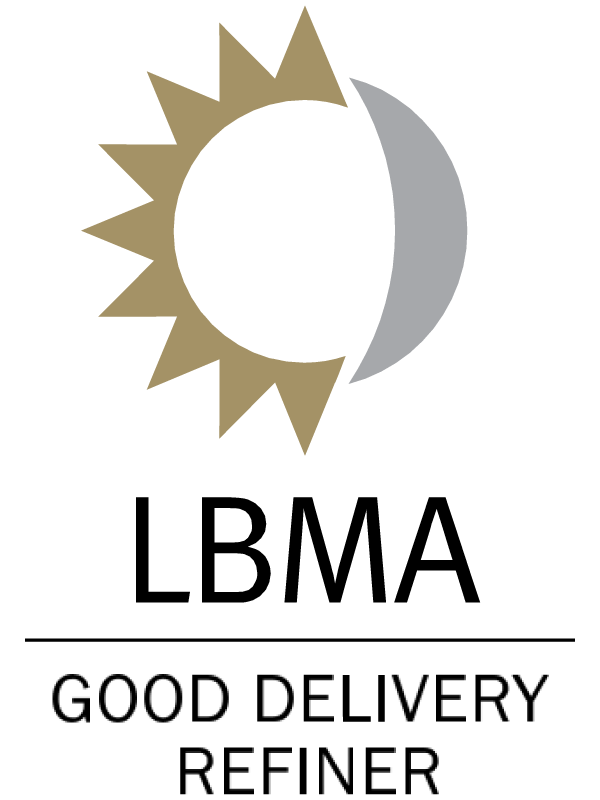News
Flash news
Record nei mercati asiatici: oro scambiato sopra i 4.500 dollari
Nuovo record storico per il bene rifugio per eccellenza, che oggi passa di mano a oltre 4.500 dollari nei mercati asiatici. A sostenere il movimento al rialzo del bene rifugio è la convinzione che l’orientamento accomodante della Federal Reserve continui anche il prossimo anno, con ulteriori allentamenti alla stretta monetaria.
[Fonte: Virgilio]
Argento segna un nuovo record: superati i 70 dollari
L’argento continua il suo rally e supera la soglia chiave di 70 dollari per oncia nelle negoziazioni odierne. Il prezzo è salito dello 0,7%, segnando un aumento del +123% dall’inizio dell’anno.
[Fonte: Market screener]
Oro da capogiro: raggiunto il 51esimo record del 2025
Continua la corsa del bene rifugio per eccellenza, motivato dalle tensioni geopolitiche mondiali e dalla convinzione che la Federal Reserve allenterà ulteriormente i tassi d’interesse. Quella del 2025 si conferma la migliore performance annuale da oltre quattro decenni, con il prezzo che vola oltre $4.400 per oncia (circa €121 per grammo).
[Fonte: Finanza Online]
Ultime news

Dollaro debole e nuovo taglio Fed consolidano l’oro sopra $4.100 l’oncia

L’oro raggiunge nuovi picchi storici, poi corregge: cosa succede nel mercato e perché il ribasso è “salutare”

Italpreziosi partecipa alla Salmon Gold™ Capsule Collection di Mejuri con la raffinazione dell’oro rigenerato

Argento ai massimi di 14 anni: consolidata posizione sopra $43,50

Oro ai massimi: nuove previsioni verso quota 4.000 dollari

Oro digitale: il progetto rivoluzionario firmato World Gold Council

Riserve auree USA: cosa succederebbe se Trump rivalutasse il tesoro?



